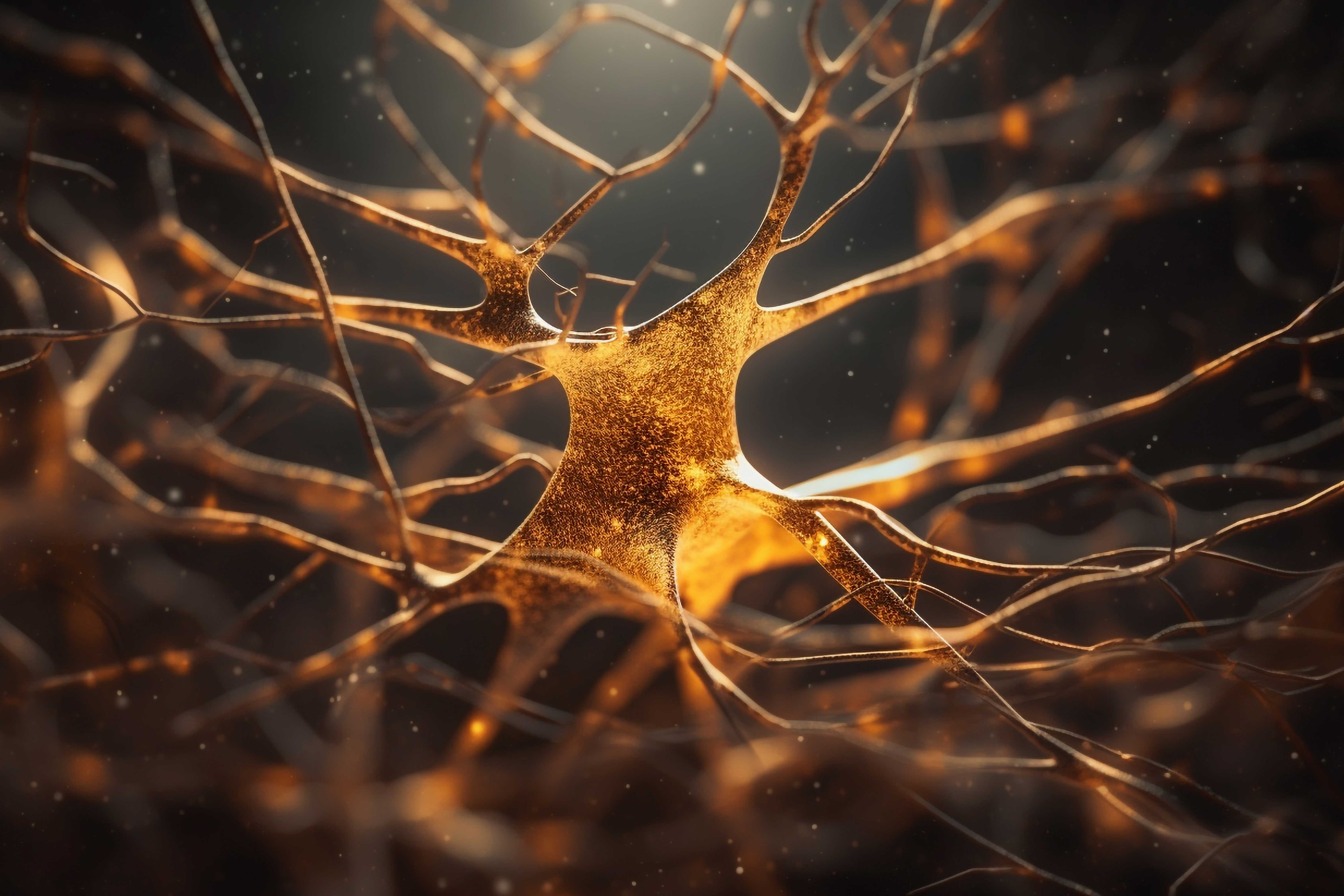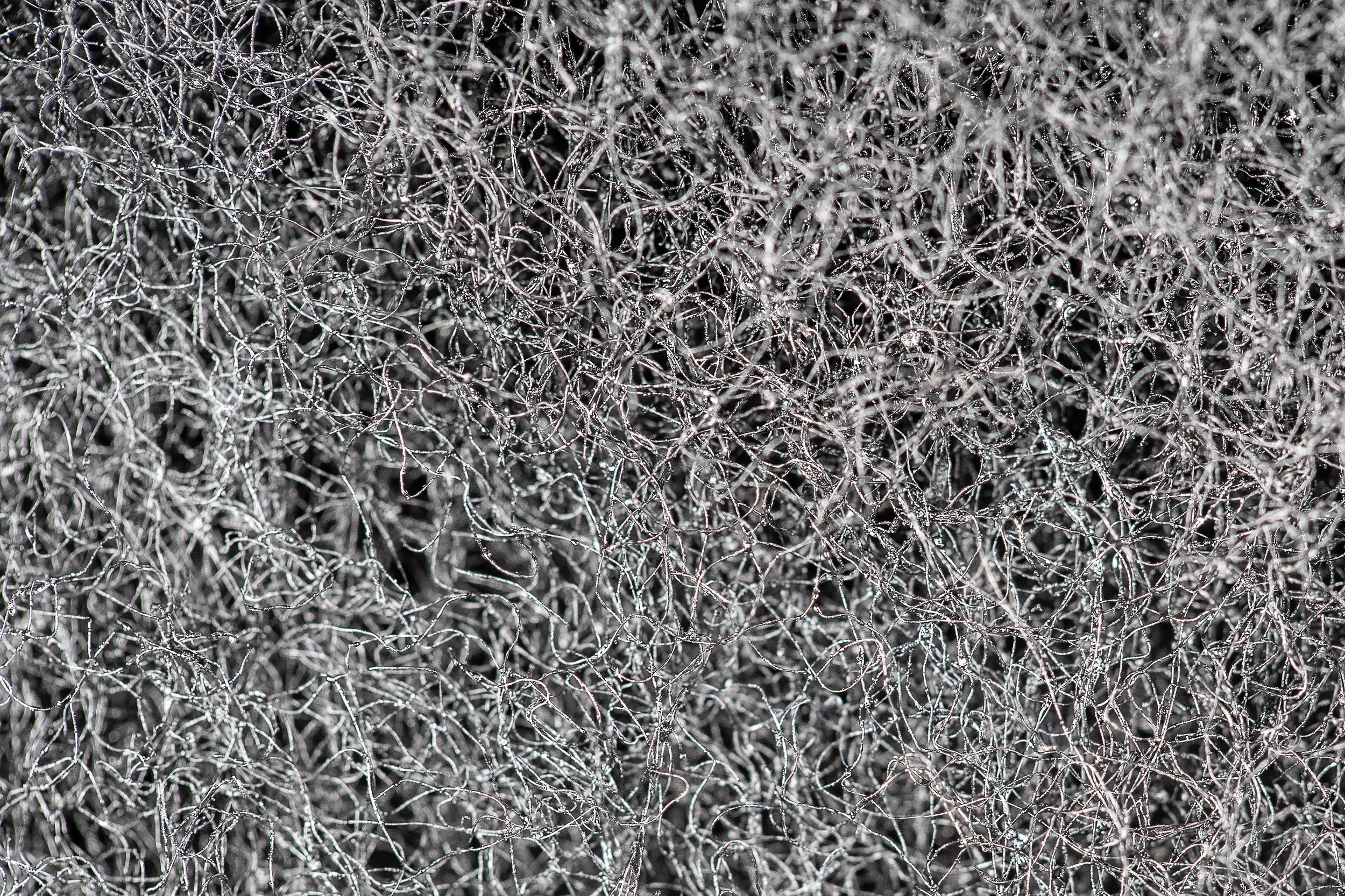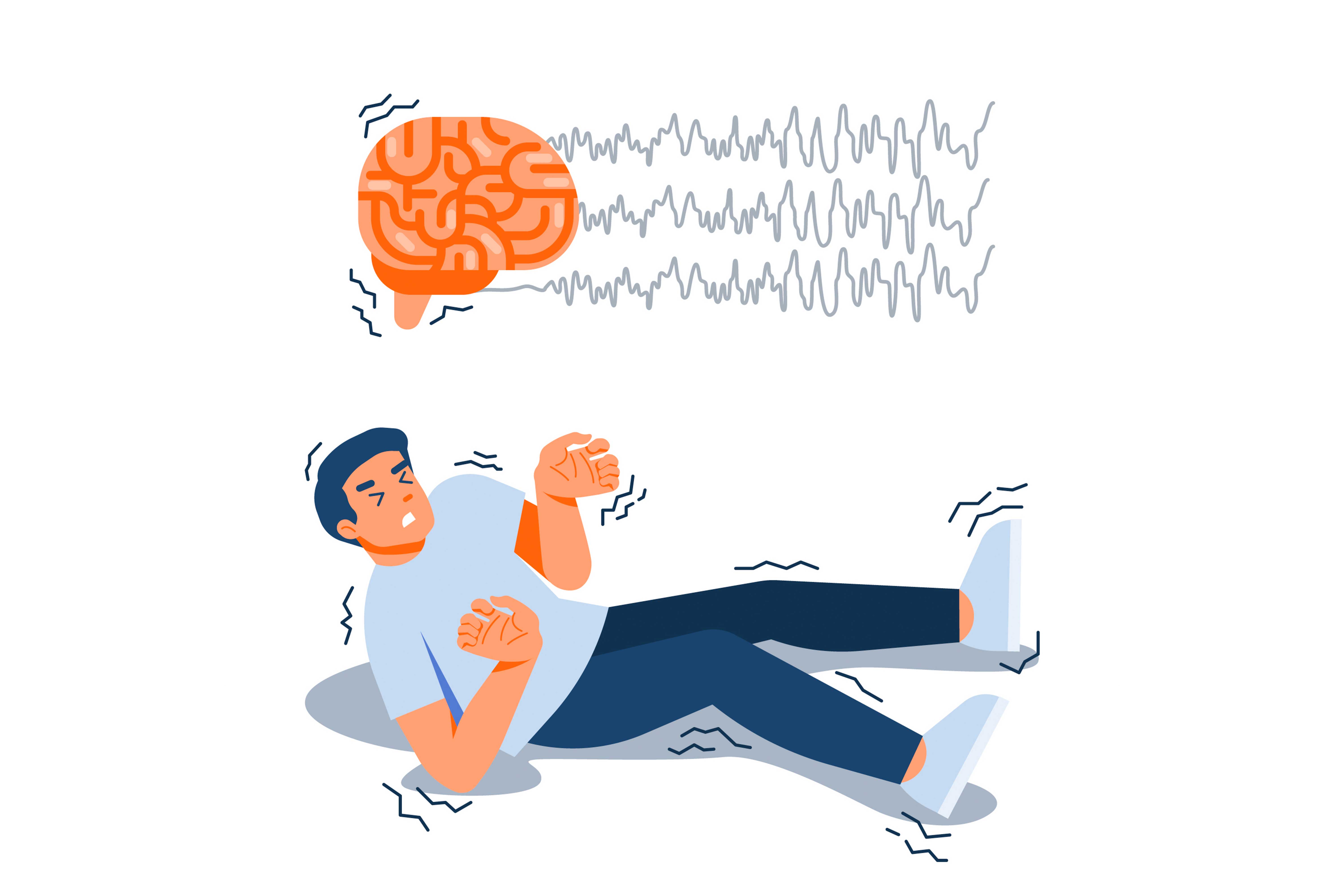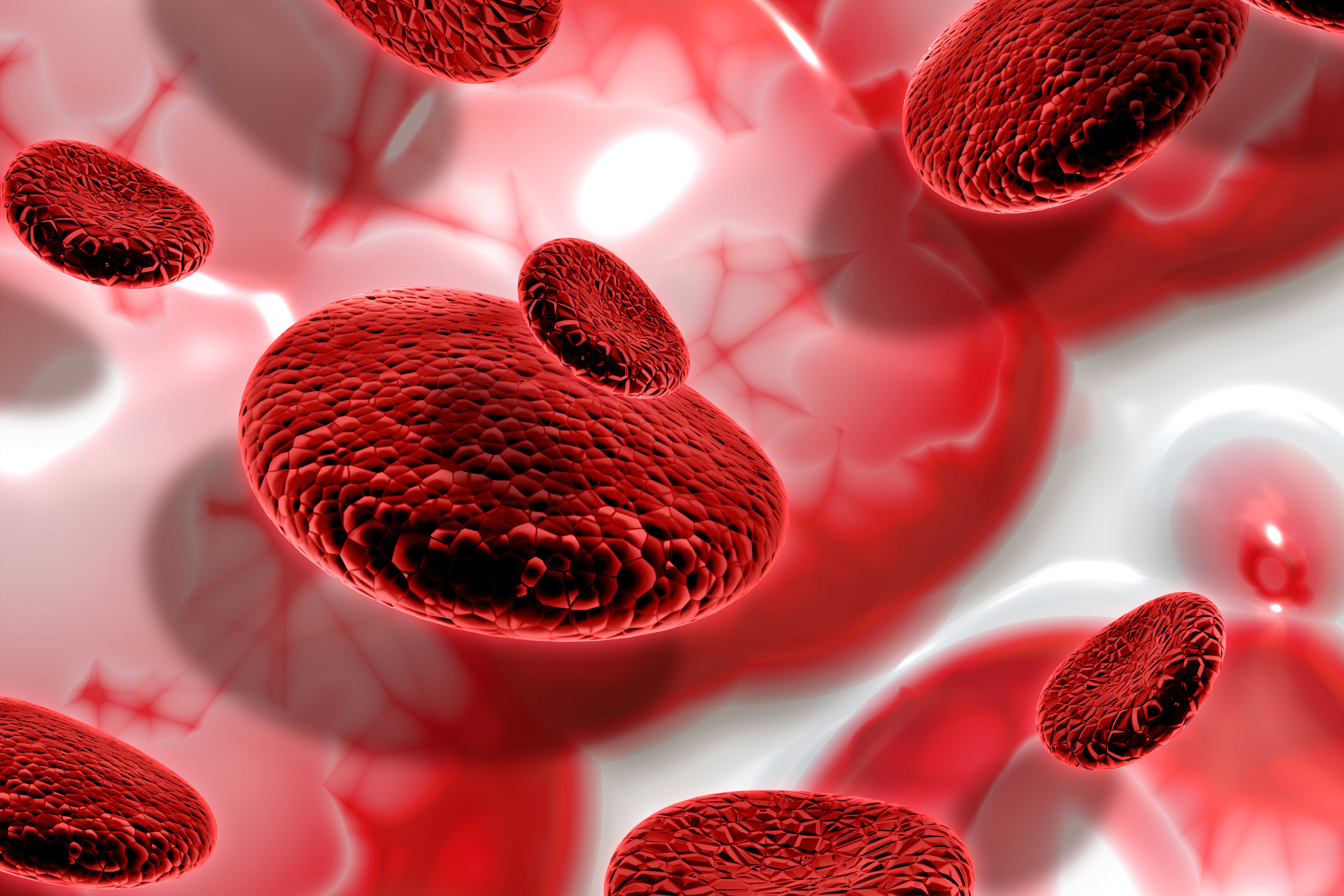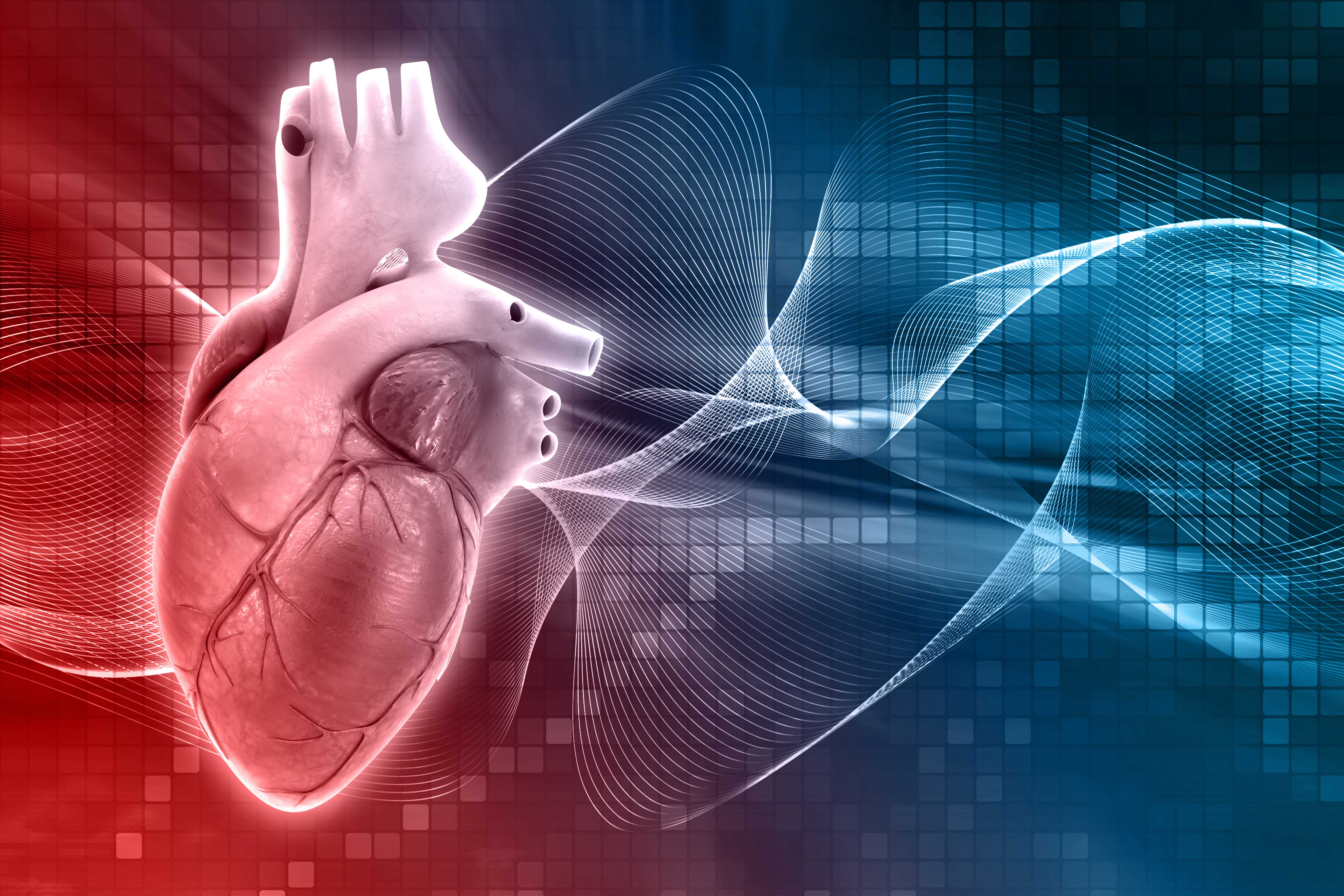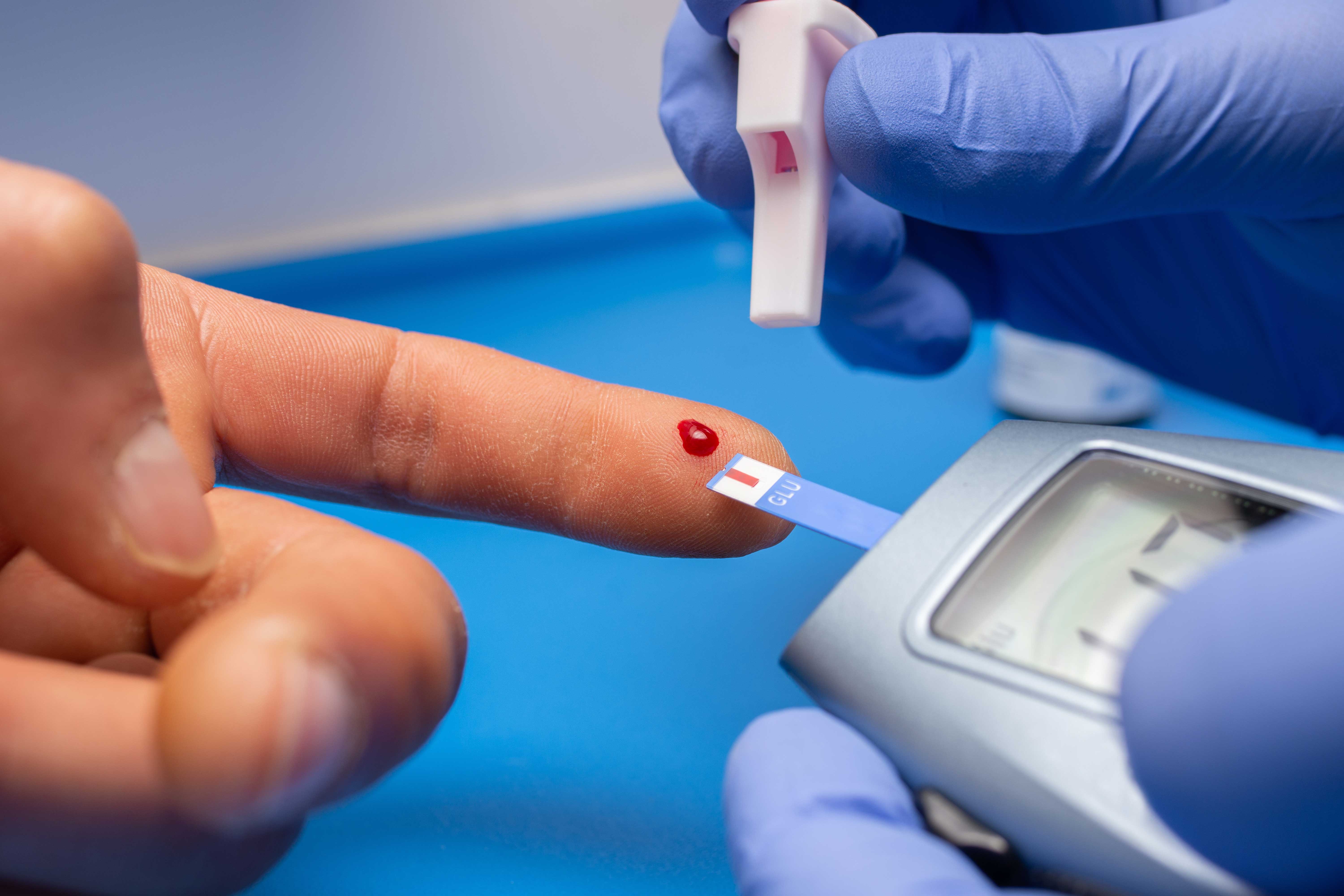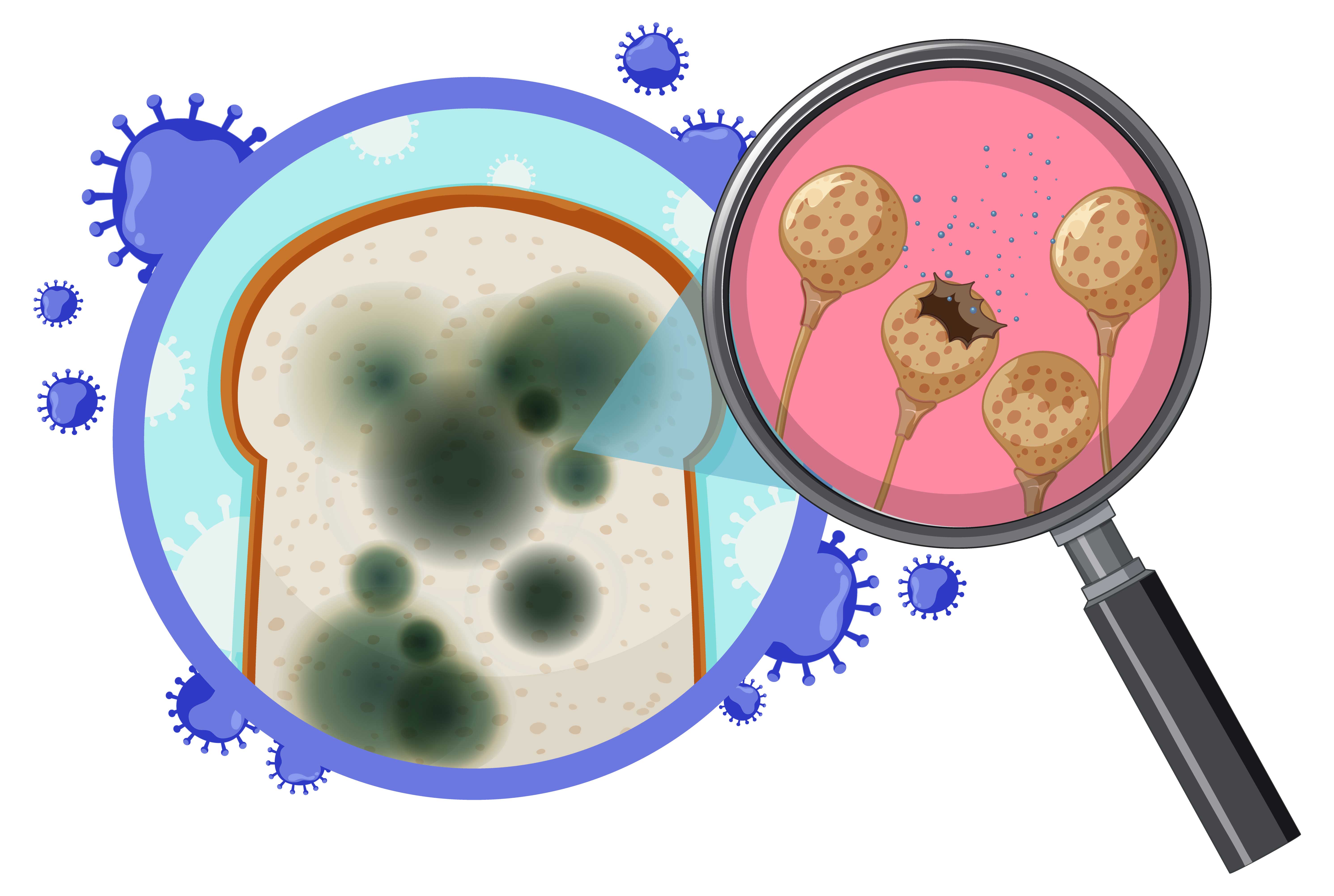Pharmacological Importance of Agmatine in the Brain
"The pharmacological effects of agmatine may be a new therapeutic approach in neurological diseases."
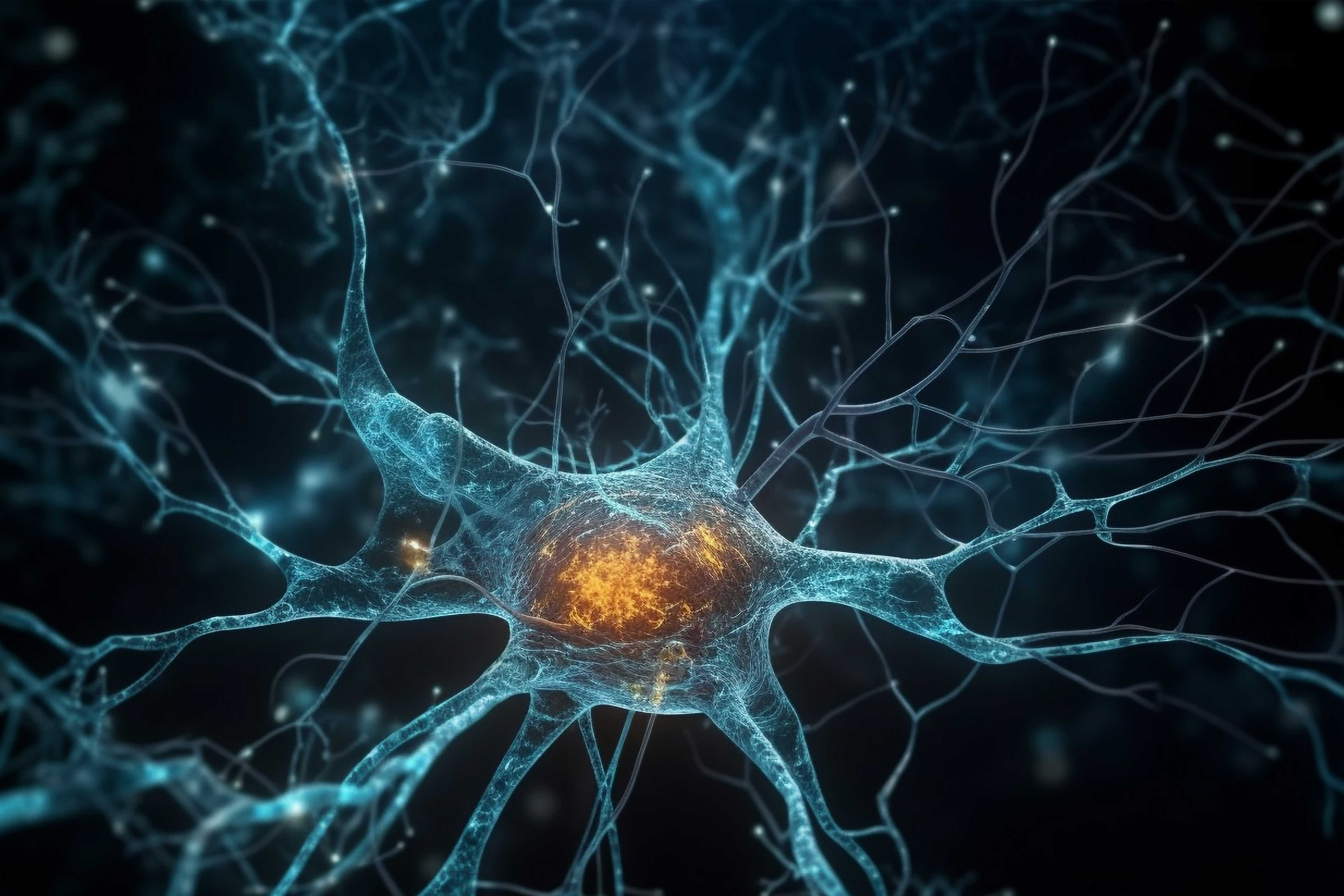
| What is agmatine?
| What is the chemical structure of agmatine?
| Is agmatine a compound unique to mammalian species?
| What does agmatine do?
| Could agmatine be a key neurotransmitter in central nervous system disorders?
| Can agmatine be used in the treatment of neuronal damage?
| What are the effects of agmatine on glutamate-induced neuronal damage?
| What are the effects of agmatine on glucocorticoid-induced damage?
| Does agmatine have anticonvulsant activity?
| Can agmatine be considered as a new solution for addiction treatment?
| Which addictive substances can agmatine be used on?
| Can agmatine be used to treat depression and anxiety?
| What is the relationship between agmatine, polyamines, and schizophrenia?
What is agmatine?
Agmatine is considered to be a new neurotransmitter (chemical structures that establish connections between the nerve cell (neuron) and other cells) that can bind to various receptors (protein structures involved in signal transduction in the body) such as acetylcholine, dopamine, and serotonin. But what can we base this acceptance on? Agmatine is similar to other neurotransmitters in many ways. Like the others, it is released from synaptic vesicles through calcium (Ca2+)-dependent depolarization (the cell membrane becomes less negative to allow conduction), it is synthesized in the brain and spinal cord, it is even enzymatically degraded by a specific enzyme, agmatinase, and finally, it interacts with specific receptors and neuronal pathways in the central nervous system, acting as a bridge to elicit biological effects.
What is the chemical structure of agmatine?
It is a polyamine produced by the enzyme arginine decarboxylase through the decarboxylation of l-arginine. In other words, it is a metabolite of the amino acid arginine. It is a mediator in the biosynthesis of polyamines and a molecule that is actively involved in neurotransmission and neuromodulation (regulation of the nervous system) processes in the body.
Is agmatine a compound unique to mammalian species?
Agmatine was discovered a hundred years ago by German scientist Albrecht Kossel in herring sperm, but it is also produced in bacteria, plants, and invertebrates. So it is a molecule that is not unique to mammals and is highly conserved in nature.
What does agmatine do?
Studies on agmatine are still ongoing and its physiological functions in a normal brain have not been fully elucidated. It is difficult to assess its function in the whole organism because it acts at multiple receptors, but many studies on exogenous (outside the body) agmatine emphasize the therapeutic effects of the substance.
Could agmatine be a key neurotransmitter in central nervous system disorders?
Agmatine, as a neurotransmitter, is involved in so many neurobiological phenomena that it is only right to give it this designation. It has anticonvulsant (anti-seizure), anxiolytic (anti-anxiety), and antidepressant effects on an experimental scale. It may be an effective compound in the withdrawal syndrome phase of substance addiction treatment. It also modulates some processes related to learning and memory. Its abnormal release and transmission may be related to mechanisms of various central nervous system disorders such as psychosis. This suggests that it also plays an effective role in various neurological disorders.
Can agmatine be used in the treatment of neuronal damage?
Neuronal damage can occur as a result of physical damage such as head trauma, spinal cord injury, or neurodegenerative disease (diseases characterized by progressive loss of neuron (nerve cell) functions and structural deterioration) such as Alzheimer's and Parkinson's. Ischemia (tissue destruction caused by a decrease in the supply of oxygen and nutrients to the tissue as a result of a decrease or cessation of tissue blood supply) or exposure to toxins, an infection affecting the central nervous system such as meningitis are also factors that can cause neuronal damage. Animal experiments have shown that agmatine is a neuroprotective element that can prevent and repair damage in neurotoxicity, ischemia, and traumatic brain injuries.
What are the effects of agmatine on glutamate-induced neuronal damage?
Glutamate is a neurotransmitter that mediates the communication of nerve cells in the central nervous system. Its excessive release or accumulation causes neurotoxic effects. As glutamate levels increase, the amount of intracellular calcium (Ca+2) begins to increase through glutamate's NMDA receptors. Cellular damage may occur as a result of elevated calcium levels. Agmatine can prevent this damage by blocking NMDA receptors. It shows its protective effect in hippocampal neurons as well as the cerebral region. It is important to note that the neuroprotective effect of agmatine is dose-dependent and Agmatine may be neurotoxic at doses higher than 200 μM.
In traumatic brain and spinal cord injuries, the amount of nitric oxide (NO) and Glutamate increases and accumulates. This contributes to posttraumatic damage. The first conclusion we can make here is that just as agmatine is effective in glutamine-induced neurological damage, it will also be effective in trauma-induced damage, which studies have proven. Agtamine has shown its neuroprotective effect in trauma-induced neurological damage. It may also be considered a new therapeutic in retinal damage following ischemia, hypoxia (decreased oxygen supply to the tissue), or injuries caused by various neurotoxins. It also has therapeutic potential in various diseases such as Alzheimer's, Parkinson's, and HIV dementia.
What are the effects of agmatine on glucocorticoid-induced damage?
Under severe stress, increased activity of the adrenocortical axis results in increased glucocorticoid circulation. Prolonged and excessive release of glucocorticoid has deleterious effects on brain neurons in both rats and primates, including neuronal loss and apoptosis, especially in the hippocampal region. The damage caused by glucocorticoids is related to the damage caused by the activation of NMDA and the increase in calcium, so agmatine will also be effective in glucocorticoid-induced damage.
Does agmatine have anticonvulsant activity?
Epilepsy is a neurological disorder caused by the abnormal excessive electrical activity of brain cells. Epilepsy and related electroconvulsive disorders affect many people worldwide. The etiology of these disorders is complex and may be related to genetic, developmental, or acquired sources. One of the receptors generally involved in the onset of epileptic seizures is the NMDA receptor. NMDA is one of the ionotropic glutamate receptors. Glutamate, a neurotransmitter, binds to NMDA receptors and opens ion channels in the cell membrane, allowing calcium, sodium, and potassium ions to enter. Overstimulation of these receptors leads to neurotoxicity and cell damage. NMDA receptor antagonists also exhibit anticonvulsant effects in epileptic seizures, but reliable data in humans are still lacking. NO production in the brain is also increased during seizures. Agmatine, on the other hand, has an antagonistic effect against the NMDA receptor and provides NOS inhibition. It can also be considered an effective compound in seizures due to its neuroprotective effects. Many animal studies have shown that agmatine gives significant results in anticonvulsive therapy, but studies should be continued to understand its clinical efficacy.
Can agmatine be considered as a new solution for addiction treatment?
Substance abuse and addiction are emerging as an important social and economic problem in many developed and developing countries of the world and cause serious health problems. The most common of these are alcohol and cigarettes. Less common drugs include cannabis, opium and its derivatives, cocaine, sleeping pills, benzodiazepines, and stimulants such as amphetamines. Addiction is the result of counter-adaptations in certain areas of the brain caused by repeated use of an abused drug or substance. Agmatine is involved in these areas of the brain and in the mechanisms involved in drug addiction.
Which addictive substances can agmatine be used on?
Agmatine significantly dose-dependently reduced all symptoms of withdrawal syndrome in the treatment of opioid-type addiction. Studies are showing that agmatine is also effective on ethanol, nicotine, cocaine, and caffeine addicts, but the exact mechanisms of action have not been elucidated and these studies are limited.
Can agmatine be used to treat depression and anxiety?
Anxiety is a state of worry, fear, and stress that many people experience from time to time in their lives. When these feelings are experienced severely in routine and negatively affect daily life, it is considered an anxiety disorder. Animal experiments have yielded conflicting results on the effect of agmatine on anxiety. Therefore, there is no definite answer that it may be effective in treatment.
Depression is a mental health problem characterized by symptoms such as long-term low mood, pessimism, hopelessness, death, and suicidal thoughts. Today, according to reports published by the World Health Organization (WHO), depression is becoming a global health problem and its rates are increasing. This situation leads us to improve the drug molecules used and to find solutions to treatment with new molecules. Today, SSRIs, SNRIs, monoamine oxidase inhibitors, and tricyclic antidepressants are preferred in the treatment of depression. Unlike anxiety studies with agmatine, agmatine has given positive results in the treatment of depression. All experimental studies on depressive animal models have shown that agmatine has antidepressant-like effects in rodents. In one study, it even increased the effectiveness of fluoxetine, an SSRI group. In conclusion, when all data are considered, agmatine contributes to the modulation of depression.
What is the relationship between agmatine, polyamines, and schizophrenia?
Schizophrenia is still recognized as the most serious psychiatric disorder. It is an important neurodevelopmental disorder that affects approximately 1% of the population. A neurodevelopmental disorder represents a complex condition that affects almost all brain functions such as perception, cognitive functions, thought, and emotion. It is usually diagnosed in late adolescence or early adulthood, after an outburst of hallucinations and delusions. Genetic, environmental, and social factors all contribute to the emergence of schizophrenia. This multifaceted development is one of the most important factors influencing the effective treatment of this disorder.
Agmatine may be involved in the pathophysiology of schizophrenia through several different pathways. First, agmatine acts by blocking NMDA receptors. Secondly, agmatine is a polyamine and polyamines play an important role in the regulation of cell growth and cell membrane function in mammals. It is thought that schizophrenia may be associated with a generalized neuronal membrane abnormality and thus polyamines may play a role in the pathophysiology of schizophrenia. Unbalanced and excessive release of agmatine is thought to be related to schizophrenia. In the future, drugs that prevent agmatine formation by inhibiting arginine decarboxylase enzyme may be a new approach in psychopharmacology. Agmatine-induced PPI impairment may be related to other central dysfunctions beyond schizophrenia. However, the agmatine-polyamine system deserves to be investigated as a potential target for the development of new drugs for the treatment of psychoses such as schizophrenia.
1. Öztürk,
O. ve Uluşahin, A. Ruh Sağlığı ve Bozuklukları. 2.Cilt. 11. Basım. Ankara:
Nobel Tıp Yayınları. (2008).
2. Uzbay, TI. The
pharmacological importance of agmatine in the brain. (2012). https://pubmed.ncbi.nlm.nih.gov/21893093/








